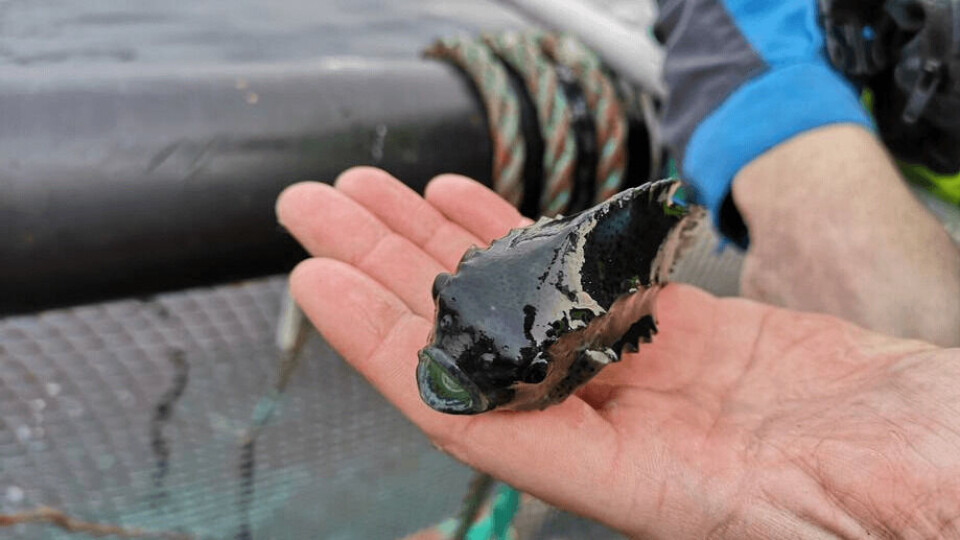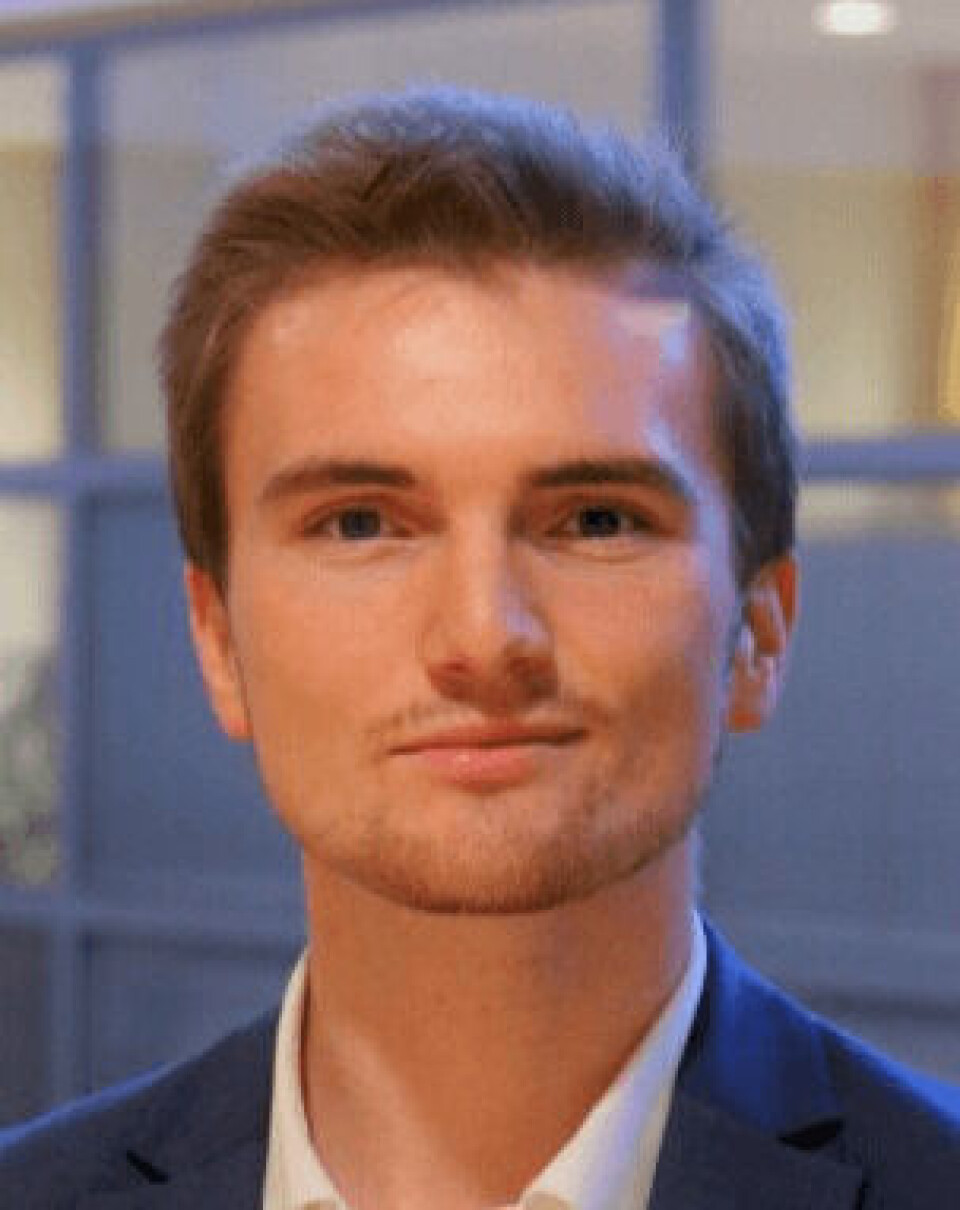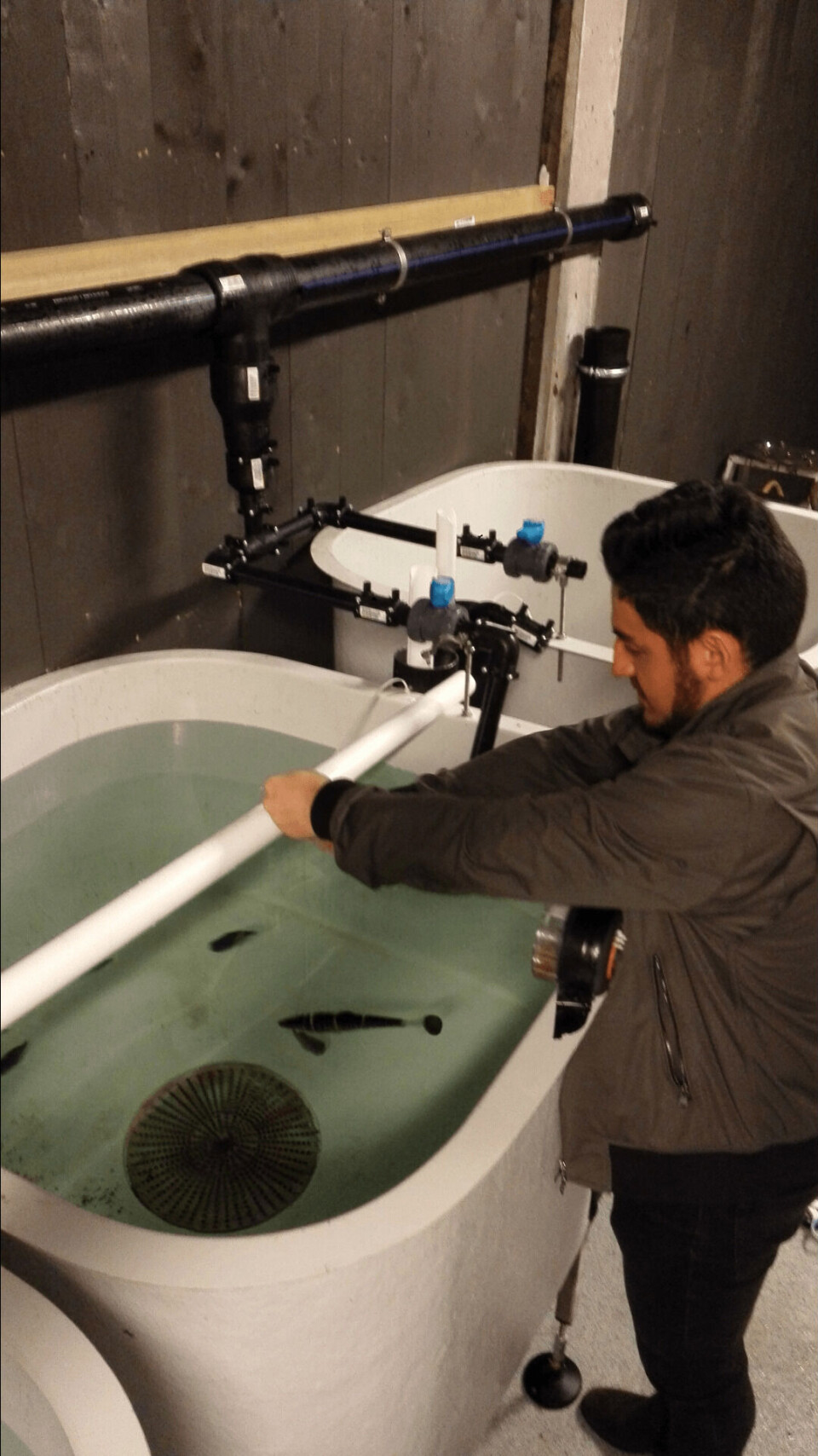
Cleaner fish training ‘raises lice eating by 125%’
A company formed by students at the Norwegian University of Science and Technology (NTNU) believes it has the solution to make cleaner fish more effective lice eaters. Now it wants to patent the system.
Seven students at NTNU Ålesund have started Artifish SB with an unorthodox solution to prepare the fish for Norway’s fish farming industry. The solution is based on training of cleaner fish, through what Artifish calls its educational system EDDI (Educational Digital Intelligence).
The students believe that there have been many cases of poor fish welfare, enormous resource use and financial cost in recent years, related to preventative measures and treatment against the salmon louse.

‘Gentle and natural’
Henrik Emblem-Lund, chairman of Artifish SB, told Fish Farming Expert’s Norwegian sister site, Kyst.no, that current methods of combatting lice create many problems.
He added that the Norwegian government’s ‘traffic light system’ of varying biomass depending on lice levels was “by no means a sustainable solution to the problem”.
“Cleaner fish are the closest we have come to a gentle and natural method. Cleaner fish, on the other hand, have no natural ability to hunt for salmon lice, they only eat what suits them,” he pointed out.
Artifish SB claims through its training system that it can teach the cleaner fish to locate and eat the salmon lice. This way, it believes, it will make the cleaner fish experience less stress and feel safer in the cages.
“We have achieved over 125% increase in eating from the cleaner fish in our trials,” said Emblem-Lund. “With such a drastic increase, the effect will first and foremost be better fish welfare, both for the salmon and the cleaner fish, reduced costs related to lice depletion and the stimulation of further growth in the industry.”

Stressful environment
The student group believes that the cleaner fish often become stressed when they are put in an environment with the salmon, and that can lead to high mortality.
“To compare: If you take kids and place them in a work environment without education, then they do not know how or what to do, and the same goes for the cleansing fish. Therefore, they must be trained,” said Lund.
“We simulate the environment in the cages and teach cleaner fish to eat lice. We introduce the environment in small scale, and then the cleaner fish know more about what to do when they are put out in an ordinary cage. We introduce them to the salmon at an early stage.”
The tests that the students have done were carried out in the Atlanterhavsparken Aquarium in Ålesund last year, and after only a week the students claim that the cleaner fish ate 125% more lice.
Prototype planned
Artifish SB has now chosen to attend NM for student companies in Oslo, and Lund told Kyst.no that the company will now build a prototype of its system, and plan finances and the like with investors.
Funds for building the prototype have been obtained from NTNU Discovery, a project for support and development of prototypes and implementation of research projects.
The students believe that in the long term their method could pave the way for new farming licences.
“The Norwegian aquaculture industry needs a sustainable, profitable and permanent solution to live up to the title as Norway’s future industry,” Lund concluded.























































